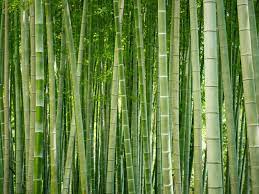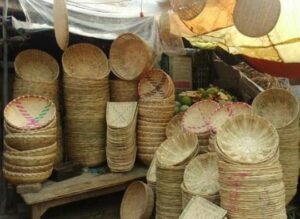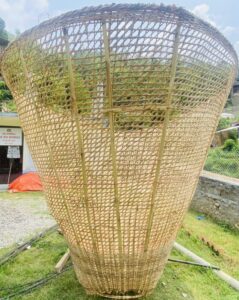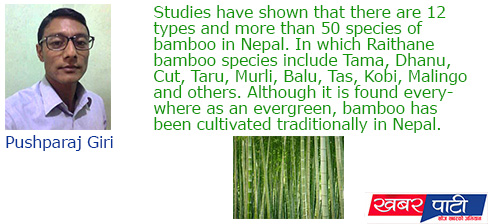
Pushparaj Giri.
Bamboo is found in almost all regions of Nepal. Due to the climate and temperature, there is diversity in the types and species of bamboo found in the Himalayan, mountainous and Terai regions, but overall, bamboo is found in all places of Nepal. Studies have shown that there are 12 types and more than 50 species of bamboo in Nepal. In which Raithane bamboo species include Tama, Dhanu, Cut, Taru, Murli, Balu, Tas, Kobi, Malingo and others. Although it is found everywhere as an evergreen, bamboo has been cultivated traditionally in Nepal. But the practice of cultivating bamboo in a commercial way has been started in Nepal for the past few years. Although bamboo was planted in Kholsa, Bhir and Pakha for the purpose of preventing landslides and building fences, commercial cultivation started only much later.Moso bamboo is a new species of bamboo that has been cultivated for commercial purposes since a few years ago. This is a new species for Nepal. It is said that the promotion of Moso bamboo has been started in Nepal since 2064. Since you can earn better income by selling bamboo than by cultivating other crops, the attraction of farmers towards Moso bamboo has increased recently. Some farmers say that they get better income by selling soft bamboo than fruits and other plants. Moso bamboo promotion started in 2062 has started producing in 13 years. 
New Moso Bamboo for Nepal

Moso bamboo is yellow in color. This bamboo does not have hollowness like other bamboos. Breaking because the eyes are short. It’s tough. In addition, this bamboo does not even get dirty. This species of bamboo does not wash. Its roots spread inside the soil. The Tusa that comes in August is small and the Tusa that comes from Chait 15 to Baisakh 15 is big. It takes about two years to prepare the plant. Currently, a bamboo plant costs from 90 to 125 rupees in Nepali market. It needs a land that does not get waterlogged. This bamboo is being consumed a lot in the production of doko dalo. Similarly, it seems that there is a demand for this bamboo to make tunnels for vegetable cultivation and to make enclosures for mushroom cultivation. Moso can be used in various jobs depending on the size. The smallest bamboo is used to make thangra in vegetable crops. Medium-sized bamboo is used for building houses or for other construction works, while large-sized bamboo is used as a plank for building a house. According to bamboo experts, this is the most beneficial plant for community forests. The study has shown that it is more appropriate to plant this bamboo in the moist land with northern slopes than to plant fruits in the mid-hill region of Nepal.
Bamboo in Environment and Landslide Prevention

There are mainly 6 types of bamboo used in the world. Bamboo is used for construction, as agricultural tools, as handicrafts, as vegetables, for controlling drought and as energy. Bamboo is also a very useful plant from an environmental point of view. Bamboo can absorb four times more carbon dioxide than other types of plants. Bamboo is considered effective in preventing landslides in many Asian countries. Because the roots of bamboo are thick, wide and deep, they hold the soil and prevent the soil from flowing. Bamboo cultivation is considered to be the best method to prevent landslides and landslides and also for biological engineering. About 1,400 species of bamboo, which are about 3 meters to 30 meters high, have been discovered in the world so far, and 500 species are being cultivated commercially.

